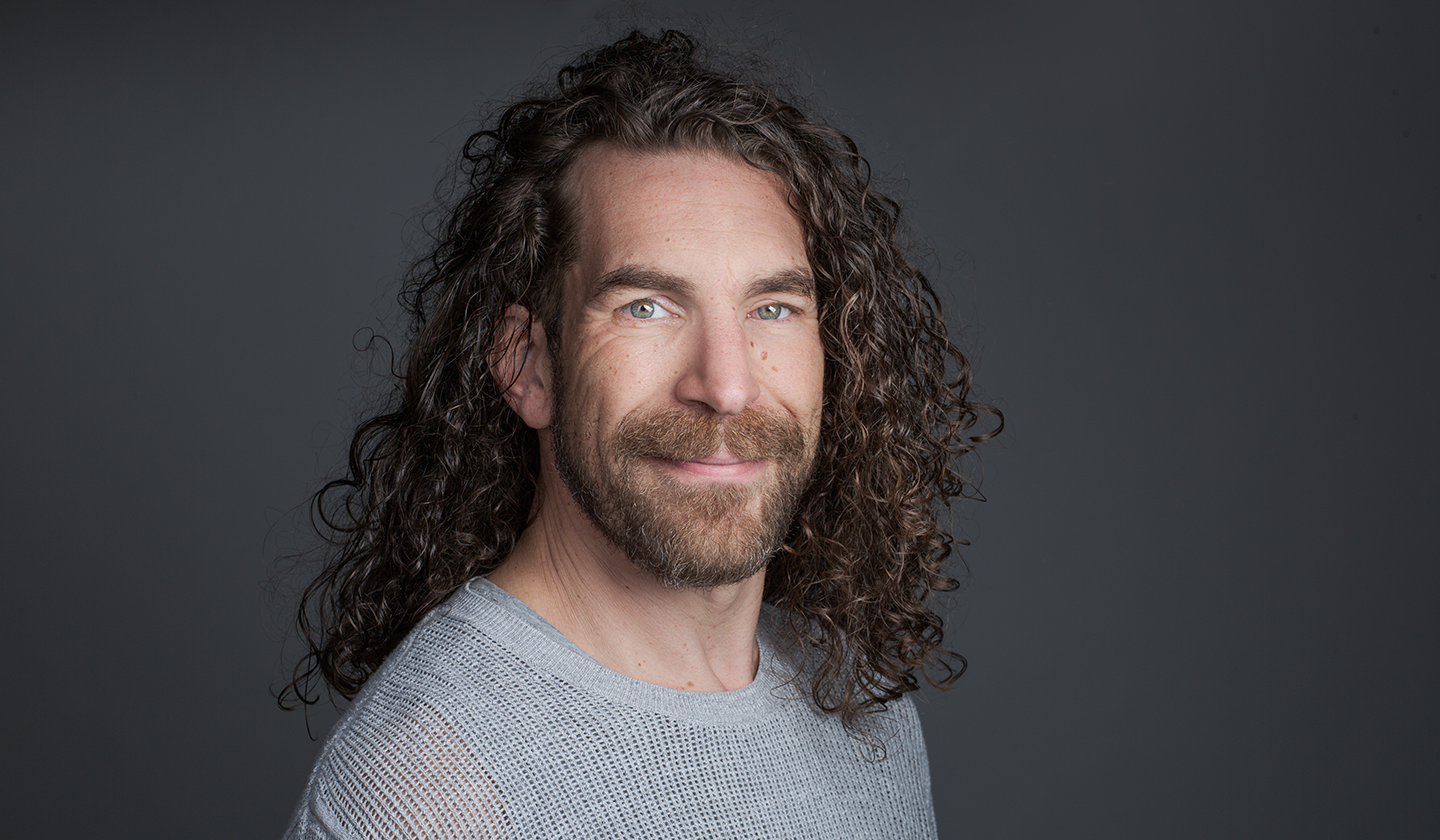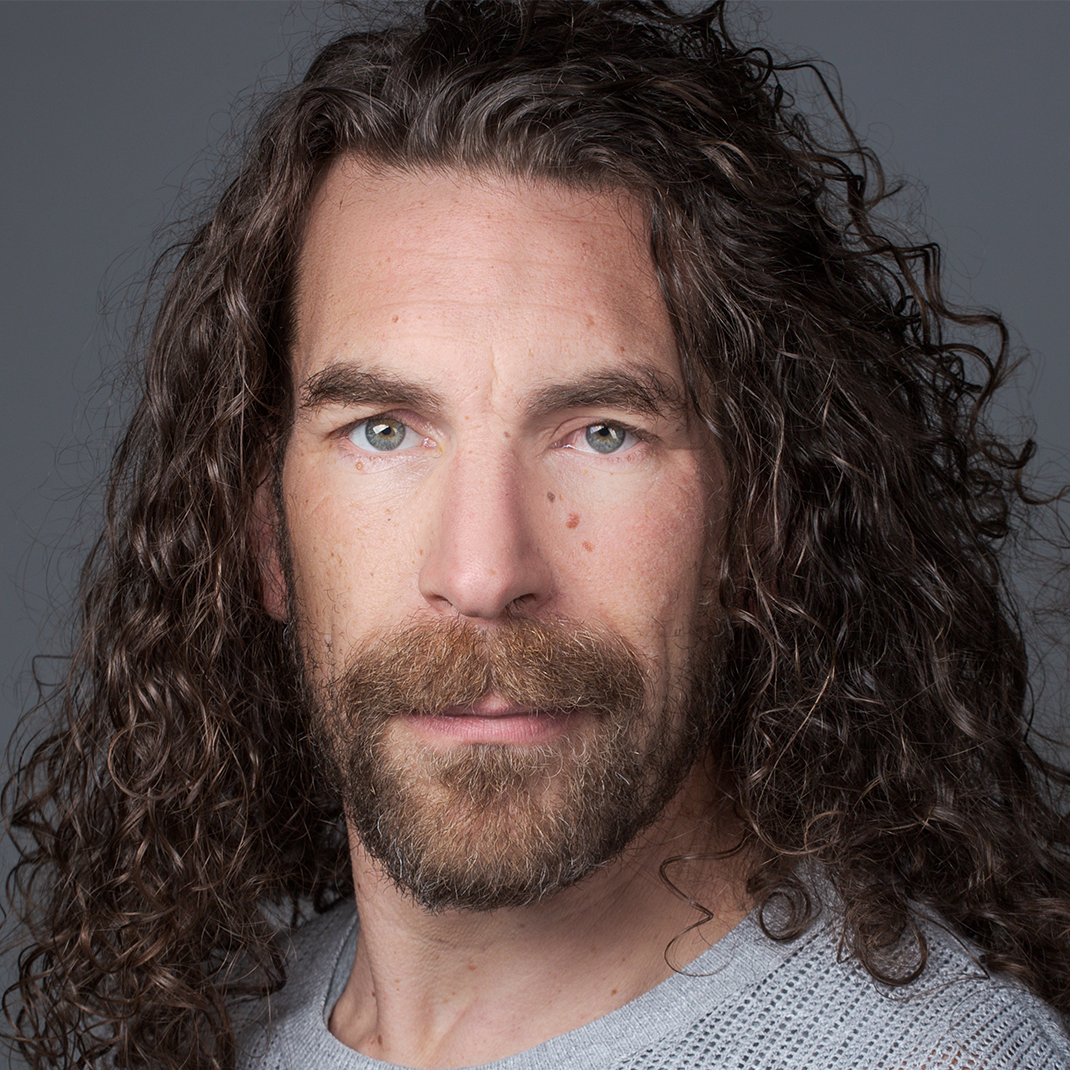
About Neo-Tantra
About Alexi

About Neo-Tantra
Neo-Tantra draws on the ancient lineage of Tantra, a sacred body of spiritual teachings routed in Hindu, Buddhist and
Jain philosophy.
What is tantra?
Neo-Tantra draws on the ancient lineage of Tantra, a sacred body of spiritual teachings routed in Hindu, Buddhist and Jain philosophy. In traditional Tantra, energy is identified as the divine masculine ‘Shiva’ and divine feminine, ‘Shakti’. These twin energies are seen as the creative force of the universe as well as the route of our individual consciousness. Neo-Tantra is the modern, Western practice of original Tantra techniques. These techniques are founded in yoga philosophy and meditation and include physical techniques such as pranayama (breath work), alongside practical methods for leading a fully embodied, healthy and productive life. Principles such as acts of service, kindness, compassion and non-judgement combine with practical techniques to facilitate the liberation of the individual from any self-limiting thoughts or beliefs.
A Breif history of tanta
Tantra has been part of Indian philosophy since the first millennium AD. In the 12th and 13th centuries, Tantra became one of India’s central spiritual tenets. In Sanskirt the route ‘tan’ means to ‘extend’ or ‘stretch’. In one of the original Buddhist texts, the Gunya-Samaja-Tantra, the definition is given as ‘continuity’ or ‘that by which knowledge and understanding is extended and spread out’. In essence, traditional Tantra is the interweaving of practices, traditions and texts into a body of teaching that leads to unification with the ‘divine’. Neo-Tantra has taken these ancient teachings and incorporated contemporary approaches to spirituality. Manifestation (the Law of Attraction) is a key contemporary element that works alongside traditional methods to raise your creative power and consciousness. Through Neo-Tantra, you can learn to utilise all aspects of your energetic being to manifest and live a life enriched with higher meaning, purpose and prosperity.
In Practice
In the West, Tantra has become synonymous with esoteric sexual practices. Certainly, our sexual energy is a powerful and key part of our being. However, it is only one part of an energetic whole. In Neo-Tantra sessions the space we share is treated with the utmost reverence. It is a sacred and safe space to ensure your sanctity and comfort as you are guided to explore and connect with the deepest parts of yourself, ultimately leading to greater self-understanding and connection with others.
‘Thus, the keynote of Tantra is integration – the integration of the self with the Self of bodily existence with the spiritual Reality.’
– Georg Fuerstein PH.D
About Alexi
My Journey To Tantra
From an early age, I have practiced breath control. This has remained a constant thread through my life and can be said to be one of the fundamentals of all Tantric practices.
At aged sixteen, a friend introduced me to stilt walking. Unbeknownst to me at the time, much of our warm up techniques were based on yoga.
In my late thirties I strongly desired to re-enter a creative field and so trained as an actor. Much of the training was based on techniques closely aligned with personal development and healing modalities. Alongside my professional acting career, I embarked on several retreats that focussed on meditation, bio-energetics, past and inherited trauma. These also included deep work on the processes of listening and connectivity to self, others and our environment. Training as a Neo-Tantric practitioner with the Academy of Modern Tantra was the natural, next step to continuing a life long journey of healing. By sharing the knowledge I have experienced and garnered so far, I hope to help others embrace a life of unlimited love, peace and happiness.

As a professional stilt walker, my early twenties were spent becoming conversant with the integral relationship between breath and movement. I relished being in a collaborative and creative environment and enjoyed a hugely successful career performing all over the world. In my mid to late twenties I struggled with addiction. This led to a period in which I lost all sense of my creative self. I resorted to my childhood bucket list and became a bus, truck and fork lift driver. I realised I had a natural ability for logistical planning and staying calm in stressful environments. In fact, driving taught me how to slow down. Being in service to others was both humbling and rewarding. Twelve years ago, the birth of my daughter and break down of the relationship to my then partner led to a path of self-enquiry and healing.
